VIDEO: Orchid Diseases: Sticky Leaves
Causes of disease and sticky leaves
Orchids are among the most beautiful and popular because of their bright flowers Houseplants. If the plants are not cared for properly or watered incorrectly, diseases can develop. The plant can become moldy, rotten or attacked by pests. Sticky leaves are most common in the orchid genera Phalaenopsis and Cattleya.
This mainly happens when the plant is exposed to high levels of stress. Stress can be caused by large fluctuations in temperature between day and night. The temperature difference in the Phalaenopsis, for example, can be around three to six degrees Celsius. Pests can also be the cause of sticky leaf diseases.
These are often a sign of spider mite infestation. But scale insects, mealybugs or aphids can also be the culprits. Caution is also advised because the sticky leaves or drops lice and Ants attract. There are various methods of controlling the pests and regenerating the plant.
Treat orchids properly
In order to properly treat orchids in the event of disease and pest infestation, first pay attention to the optimal ambient temperature. This should be around 20 ° C during the day and around 16 ° C at night. This will counteract the formation of sticky leaves.
-
Wipe the leaves. Wipe off any sticky sheets with a soft cloth and water.
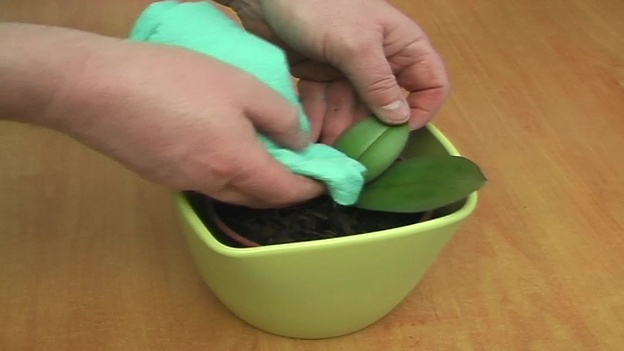
© Liane Spindler -
Check for pest infestation. Check if your orchid is infested with pests such as spider mites.
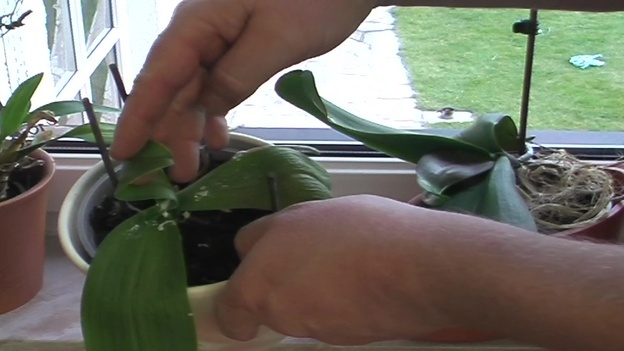
© Liane Spindler -
Isolate orchid. In this case, isolate the plant first to prevent it from spreading to other indoor plants.

© Liane Spindler -
Rinse the orchid. In the event of a pest infestation, rinse the orchid under lukewarm water.
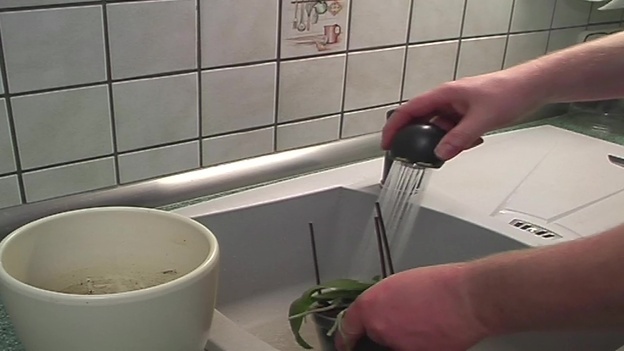
© Liane Spindler -
Move orchid. Then transfer them to fresh substrate.
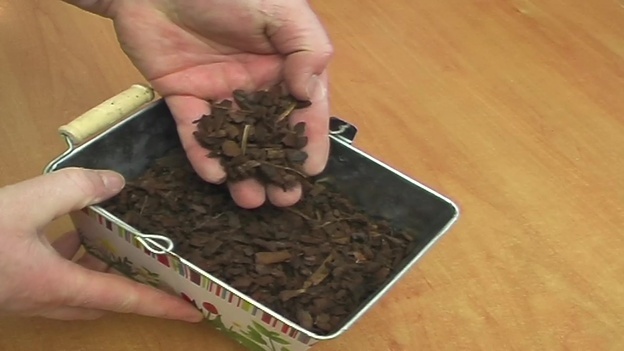
© Liane Spindler -
Treat the plant with other means. If these measures do not help to get rid of diseases, pests or sticky leaves, use paraffin oil-based agents or a soft soap solution.
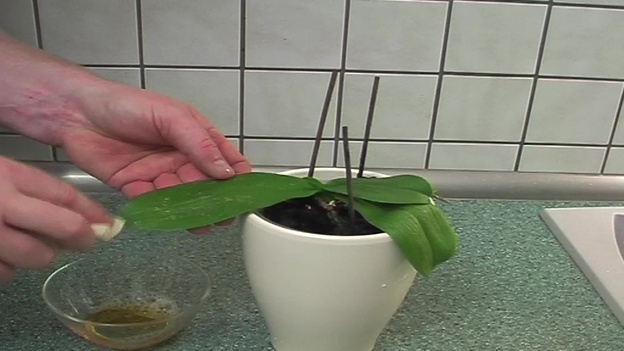
© Liane Spindler -
Wipe the underside of the leaves. Use it to wipe not only the top of the sheet, but also the underside of the sheet.
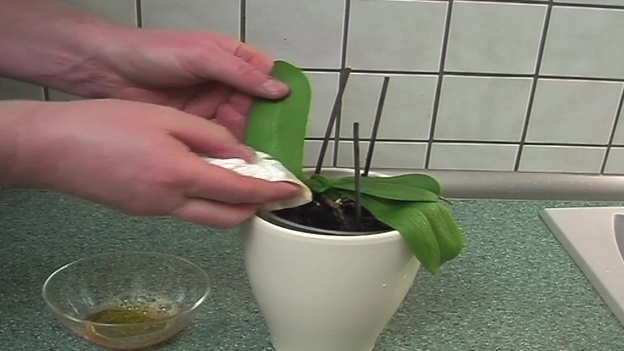
© Liane Spindler -
Ensure high humidity. An infestation is often caused by insufficient humidity. Therefore, spray your orchids regularly with water.
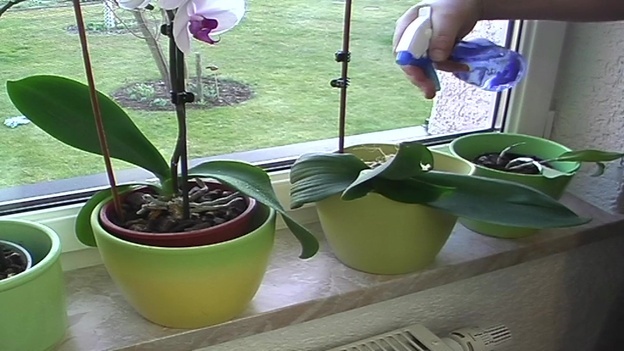
© Liane Spindler
Mini orchids are beautiful houseplants that you can place in partial shade. …
Care tips for the orchid
Proper care and watering of orchids are important to prevent diseases and pests. Pay attention to the optimal room temperature (during the day 20 ° C, at night 16 ° C) and avoid too much moisture. Otherwise, root rot can occur. Root rot can also result from too hot or too cold irrigation water.
-
Choose a bright location. Place orchids in a bright spot, preferably on the windowsill or in its immediate vicinity.
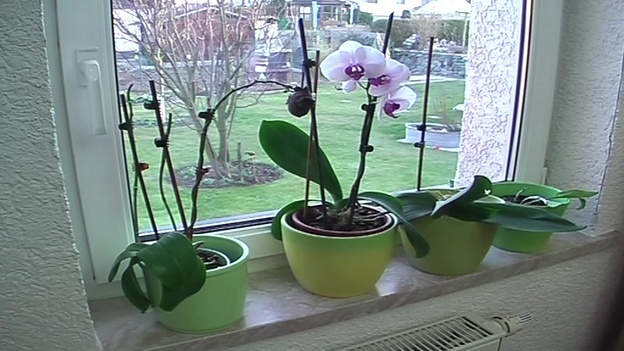
© Liane Spindler -
Sprinkle orchid leaves. Spray the plants regularly to keep the humidity high.

© Liane Spindler -
Water sparingly. Water the orchids sparingly as the plants require little water. The water should be at room temperature.
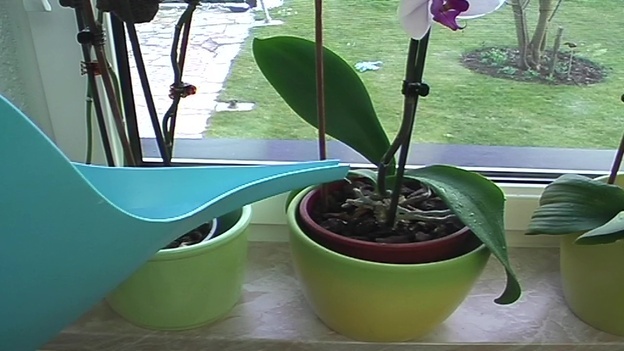
© Liane Spindler -
Use special planters. It is best to use special planters in which excess water can drain and be removed.

© Liane Spindler -
Use transparent planters. Ideally, place orchids in a transparent planter and use a planter that is significantly larger than the container. This way, enough light reaches the roots.

© Liane Spindler -
Fertilize. Only fertilize the plants regularly with a special liquid fertilizer when they are growing. It is essential that you follow the manufacturer's instructions for dosing. As a rule, half a teaspoon is enough for a liter of water.
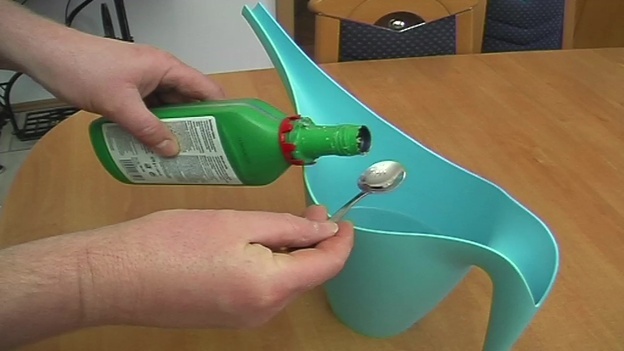
© Liane Spindler -
Repot the orchid. Repot orchids in fresh substrate every two to three years. Suitable orchid substrates, both for epiphytic and terrestrial orchids, are available from specialist retailers.
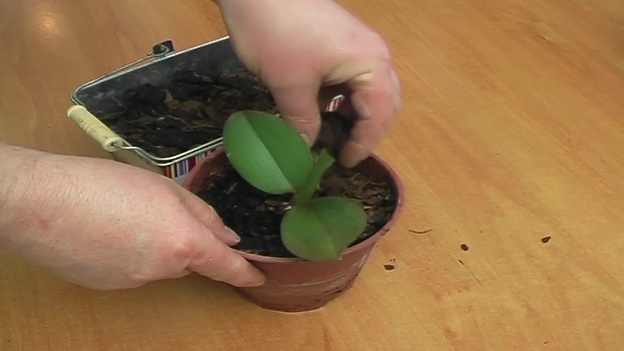
© Liane Spindler
The right substrate and, above all, the right care can prevent infestation with diseases and pests that cause sticky leaves, for example. In summer your orchids will do well if you put them outside. The lighting conditions should be similar to those in the room, especially no direct sunlight. Regular watering and spraying are also important outdoors, especially if it has not rained for a long time.
Be sure to position the orchids so that Snails and Beetle cannot get to the plants. In autumn, bring the plants back into the room and stop fertilizing. You will enjoy your flowering plants for a long time.



